Even if it's not a high-quality wood, black poplar can sometimes be fascinating. And that's because of the galls that grow on the trunk. They're also responsible for the name black poplar bubosas it is popularly known. The tops of such logs or veneers have a distinctive design, sometimes resembling a peacock's tail. It combines well with epoxy resin, The resulting countertops or objects are much more interesting than those of other species. But black poplar isn't just important as a source of wood. The remedies against inflammation made from black poplar buds have been known since ancient times, and Napoleon planted it along roadsides to make it easier to find one's way around. Black poplar, its properties and uses are the subject of the article below.
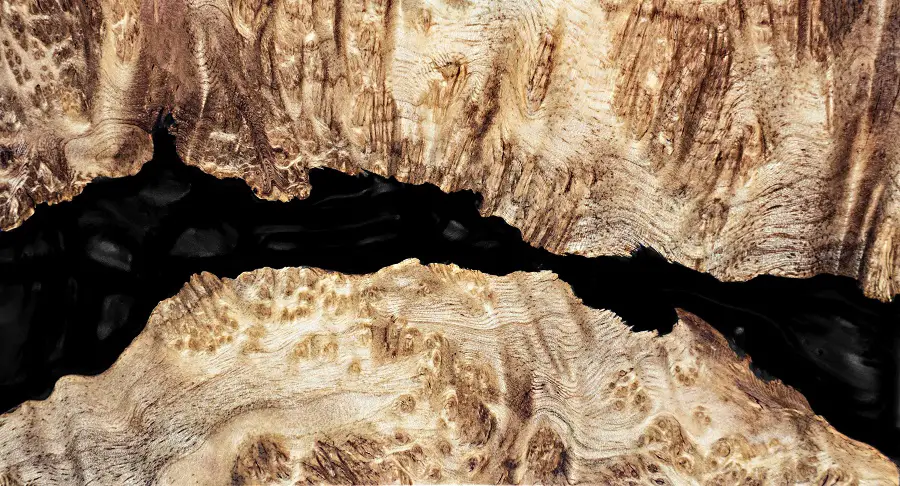
Napoleon is responsible for spreading black poplar along the roads
Black Plover (Populus nigra), also known as cork, belongs to the genus Populus, family Salicaceae. In English we find it as Black Poplar, Lombardy Poplar or Map burl, in Italian black poplar or common poplar, in French black poplar and in German schwarzpappel.
The natural range is Europe, south and central Asia and north Africa. In our country it grows spontaneously in wet meadows and depressions, plains and hilly areas, preferring water valleys. Resistant to frost and drought, it prefers alluvial, loamy, water-rich soils. Black poplar withstands long floods, provided the water does not stagnate. It prefers light and is a fast grower. It lives up to 300-400 years but is only industrially important for up to 100 years.
Black poplar buds have been mentioned as a medical remedy since ancient times. As far back as 4000 years ago, the Greek doctor Galen used a cream made from poplar buds to treat skin irritations. The anti-inflammatory, antiseptic and expectorant action of black poplar buds is now well known and they are commonly used in herbal and homeopathic medicine.
The rapid spread of poplar in the 19th century was due to Napoleon, who decided that the Plopus nigra pyramidaliswidespread in Italy, to be planted along roadsides. The trees grew fast and their tall silhouette made the roads easier to find in winter. They were also useful in summer, when their shade protected soldiers on campaigns across Europe.
Dormant buds developing under the bark create the galls that make it so prized
Black poplar grows to 25-30 m, 1-1.5 m in diameter. In good growing conditions some can reach 40 m in height and 3 m in diameter. The roots are deeply sunk into the ground and spread laterally. The trunk grows straight, with greenish-grey bark when young, but quickly darkens to blackish and heavily banded. Hence the name black poplar. The trunk may develop galls from place to place due to the crowding of dormant buds developing under the bark. Growing in a very confined space causes the characteristic elements to intertwine and create unique designs.
The leaves are glossy, green, heart-shaped with a pointed tip and long petiole. Depending on the flowers, the trees can be either male or female, with red male flowers and greenish-yellow female flowers. They appear before the leaves by two weeks in March or April and are wind-pollinated. After pollination, fluffy, cotton-like seeds develop from the female flowers and are easily spread by the wind. This down can cause allergies in sensitive people. For this reason, try to plant only male specimens and propagate by shooting or budding.
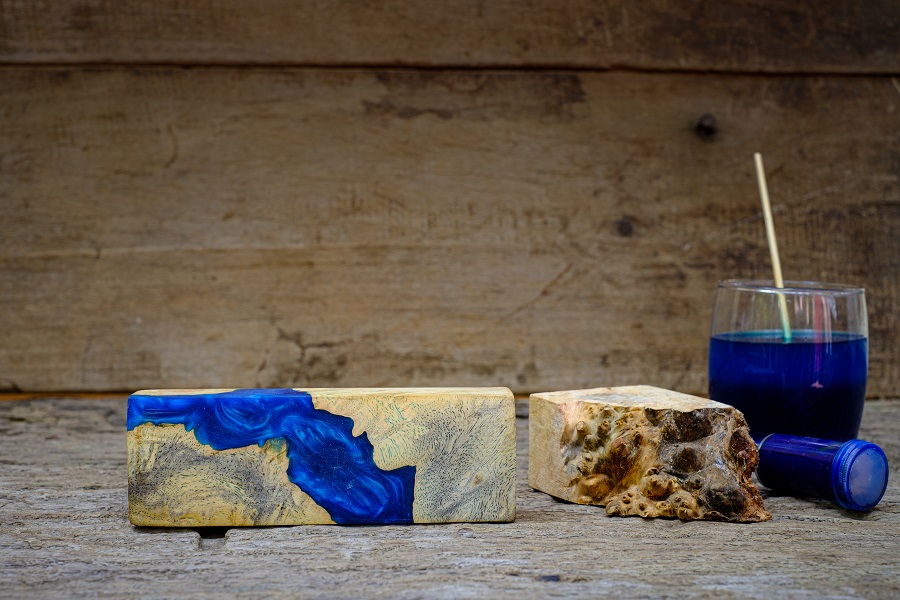
Characteristics and properties of black poplar wood
In cross-section, black poplar wood does not have a very clear distinction between sapwood and heartwood. The sapwood is yellowish to white and tends to merge with the light brown to gray heartwood. The texture is fine and soft, straight grained, slightly irregular at times, with low gloss. The exception is in the throat areas where colors and characteristics are mixed due to constrained development. Annual rings are hardly visible and the pores are small, many and scattered throughout the ring.
Black poplar has low bending strength and very low shock resistance. It has medium resistance to crushing and is rated as very poor for steam modeling. It is a light wood with a density of 385 kg/³. It has a tendency to warp and bend on drying, but does not crack much. It works well with hand and power tools, but the blades must be very sharp. Resists pulling out screws or nails well, but sanding can be difficult due to fiber slip. Successive sanding with finer and finer sandpaper is recommended until a uniform, lint-free surface is obtained. It glues well, but is difficult to color with stains due to different absorption. It is not resistant to rotting and therefore not recommended for outdoor use.

Aesthetic supplies, wood for pallets and matches, cellulose source
Black poplar wood is light, which is why it is used to make gift boxes, fruit and vegetable crates or pallets. It is also used for furniture, but is quite difficult to finish. The ordinary wood is used to make technical veneers for plywood, and the gills are used for aesthetic veneers for musical instruments (drums), fine furniture or inlays. Deformed trunks are used to make table tops.
It can easily be impregnated with paraffin, which is why it is used to make matches. It is industrially processed into cellulose. Because it is very light, it was used in the past to make prostheses or rifle beds. I have found information saying that it burns hard, which is why it is not recommended as firewood. But this information is solitary, I didn't find it in several sources. It is easily carved into decorative spoons, bowls or toys.
The most highly prized specimens are those with the trunk heavily deformed by gullets. The defect greatly increases the value of the wood because of the unique design. Polyester resin It really brings out these designs and makes the wood much stronger.
I hope you find the information useful. Complementaries are, as always, welcome. And if you have any questions or queries, please leave them below in the space provided. I will be sure to reply.
Want to know about the wood of a particular species? Search here, you may well find them!


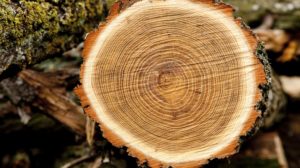
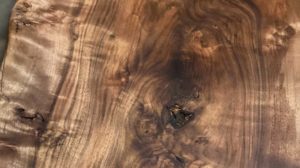




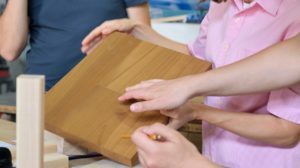




Add comment